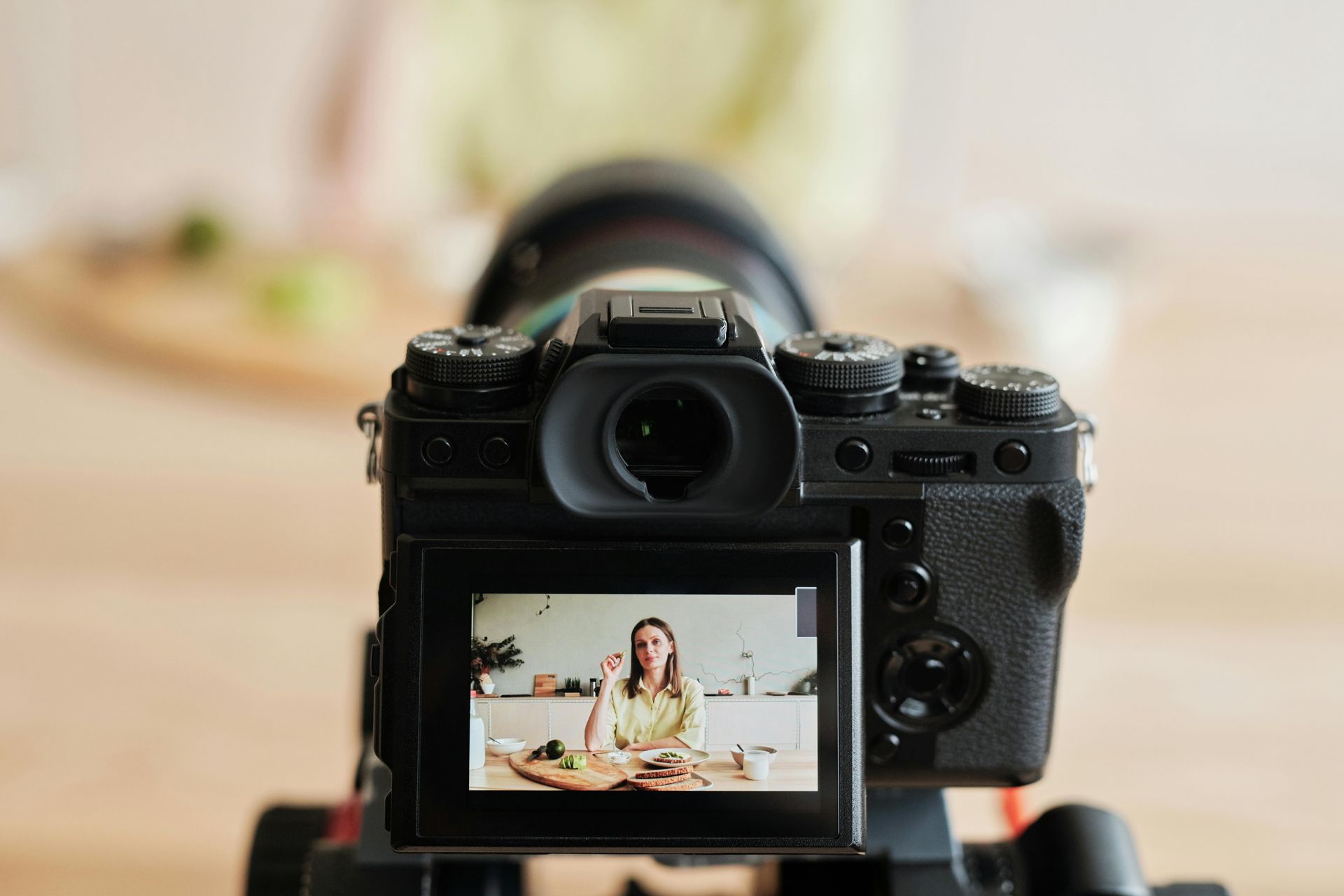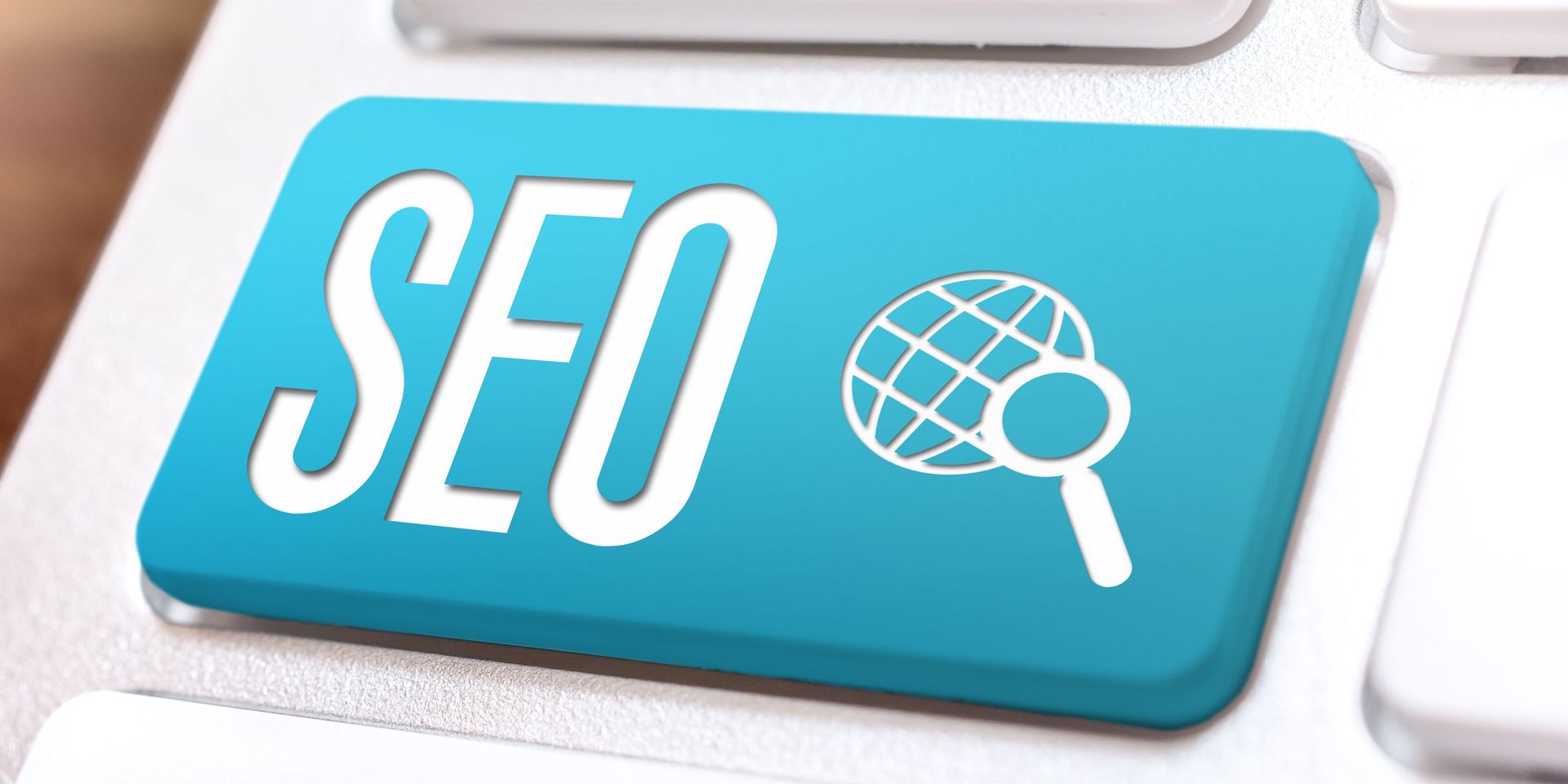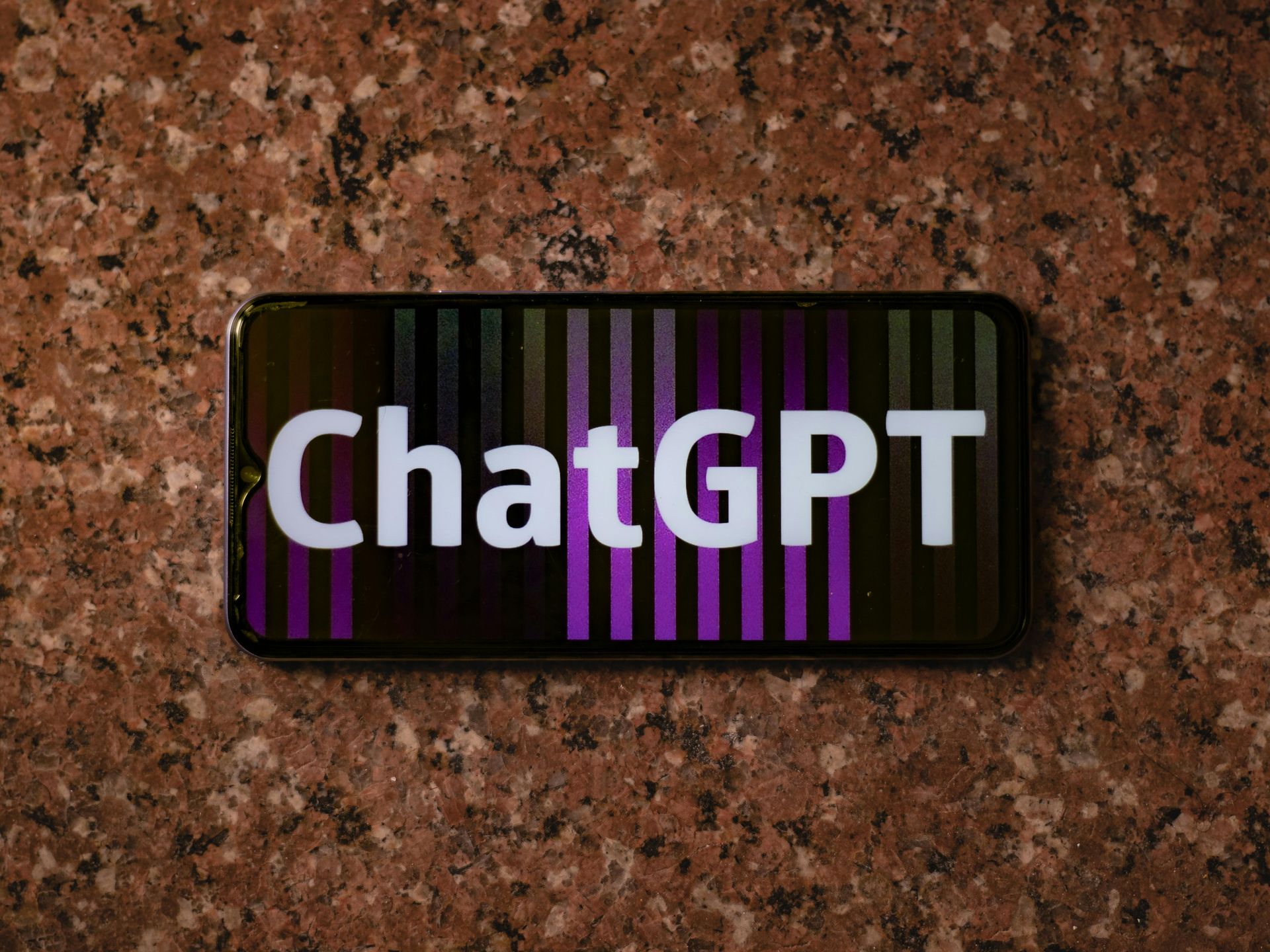Website FAQs
Jon Richardson • January 30, 2021
Some Common Website Questions Answered
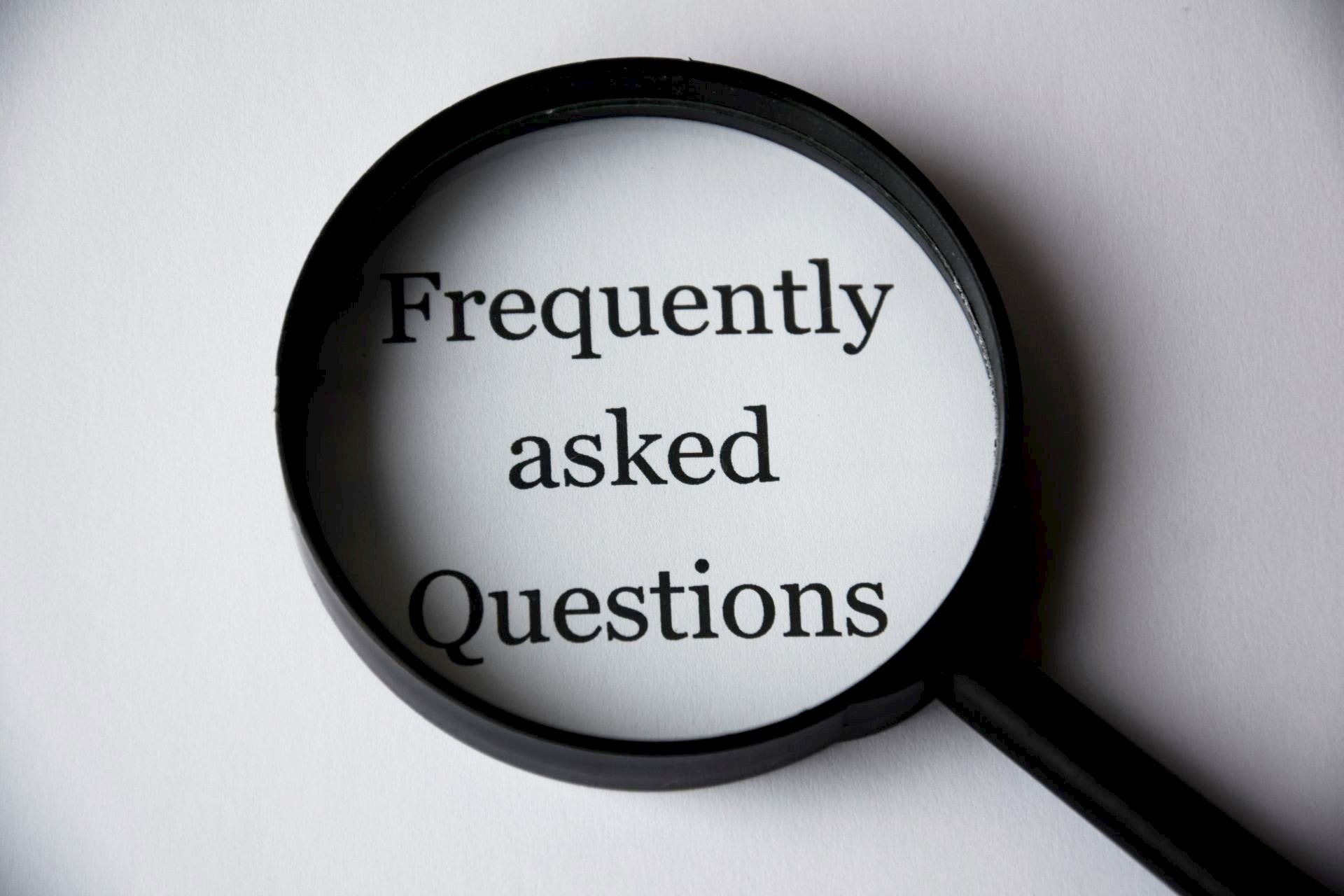
At Overt Digital Media we design aesthetically beautiful websites that engage their visitors and use Artificial Intelligence to increase sales and bookings for our customers. Every customer is unique and has their own goals that they want to achieve, whether it is to make a sale directly from their online shop or a booking for an appointment or to inform and educate their customers.
However, there are questions that come up again and again. So I thought I would write use this blog to address those questions here
Do I really need a website?
The answer quite simply is a resounding yes! The reason is that a website is the foundation of your online presence.
It enables you to be found much easier on the internet and is where your customers go to get the information they need. It adds credibility, provides the details of not just what you do, but why your customer should choose you instead of one of your competitors. Click here
to read my previous blog that answers this question in full.
What colours should I use?
Some people know exactly what colour scheme they want for their website. Others are completely ambivalent about it. My advice is always; generally, it doesn’t matter. You can have a very corporate website with bright yellows and reds and a fun playful website with blacks greys and nay blues. It is the design and content that are important.
However, I would always stick to just two or three main colours, any more than that can make the site garish and busy and detract from the content.
What content should I put on my website?
It may sound obvious but messaging is crucial for your website. There are several factors to consider, but here are some factors to consider
- Know your audience and speak in their language. Don’t be highbrow and dry if your audience is young, hip, and relaxed.
- Keep it Short and Simple – Don’t use five words where one will do and do not use jargon. If someone has to think about what you mean they may not bother to do so.
- Make it scannable – Rather than long wordy paragraphs bullet points are a great way to impart information.
- Research and use keywords and phrases. These will get you found on more easily and will elevate you up the SERP (search engine results page).
- Don’t give everything away. Unless you can achieve your goals entirely on the website, such as make a sale in your online shop, then you will want to give the visitor just enough information but not too much that they don’t need you. Have plenty of calls to action (CTA) whether that is a sign up to your newsletter or click to call button.
For more tips on creating great content read my blog on Tips For Creating Great Content
Should I have a Gallery?
This depends on whether you have a visual product or service. A picture says a thousand words and a picture gallery is a fantastic way of showcasing your work. But if you are an accountant or a lawyer you probably only need a few pictures to intersperse through each page rather than a full gallery page.
Should I have a dedicated contact page?
In my opinion; Yes. It is a great way to consolidate all of the ways your website visitors can contact you. It should be linked on the Header of your website and always visible so that visitors do not have to think about how to get in touch.
That said, you should still have many calls to action throughout your website such as ‘book now’, ‘shop now’ buttons as well as click-to-call buttons if someone is on their mobile.
What about Pop-Ups?
When used sparingly Pop-Ups are a great call to action and can improve the conversion rates for your website massively. The keyword here is ‘sparingly’. Too many and they will have a negative effect.
The latest websites have Artificial Intelligence (A.I.) built in which changes the content and experience of your website depending on the visitors' specific scenario. This has proven to be a game-changer when it comes to converting significantly more customers. To find out more about Artificial Intelligence for websites click here
How much will it cost?
Traditionally web designers have charged a large upfront fee to cover the design and build fees, then an ongoing monthly amount to cover hosting and technical support. Should you want to make any changes once the website has been published there will be an additional fee which typically will be anywhere between £25 to £100 per hour depending on what it is you are having done and who is doing it.
More modern web designers have a different commercial model and provide a managed service approach where you pay a single monthly fee that covers the design and build costs, hosting technical support and changes. With this model you an affordable monthly payment that you can include in your budget in the knowledge that there will not be any unforeseen costs as your business evolves
Conclusion
There are many more questions that get asked on a regular basis and there are always new ones that come up. You can read my blog for more tips on creating a great modern looking website.
If you have any questions please feel free to get in touch
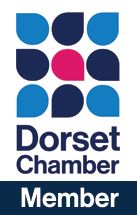
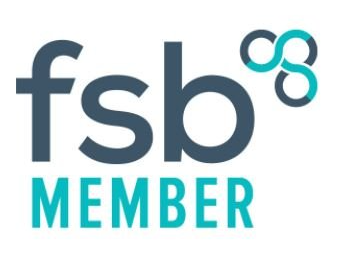

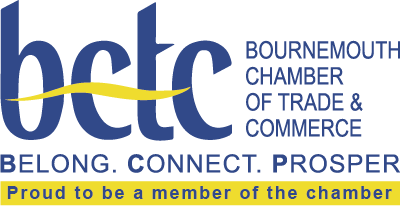
QUICK LINKS
OUR SERVICES
VAT Registration Number GB 455758354
Company number 12460236
© 2025
All Rights Reserved | Overt Digital Media

